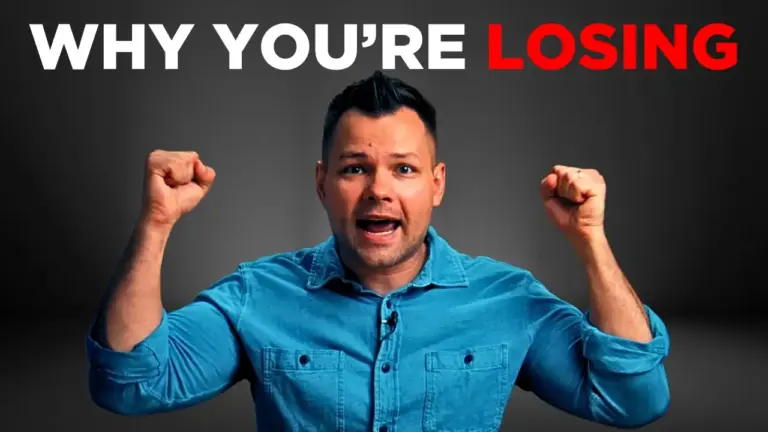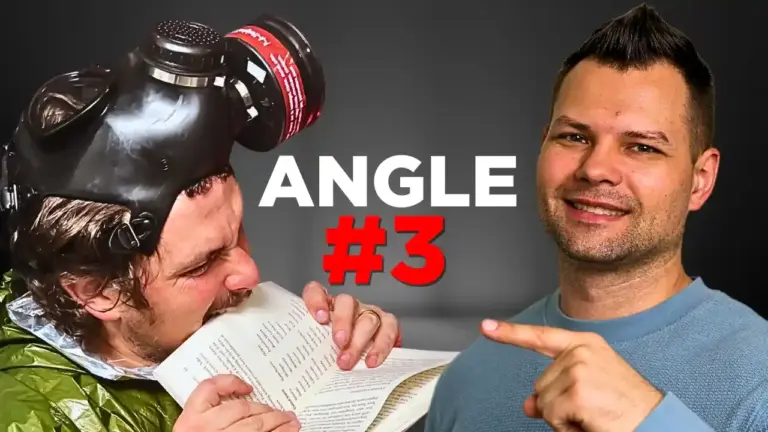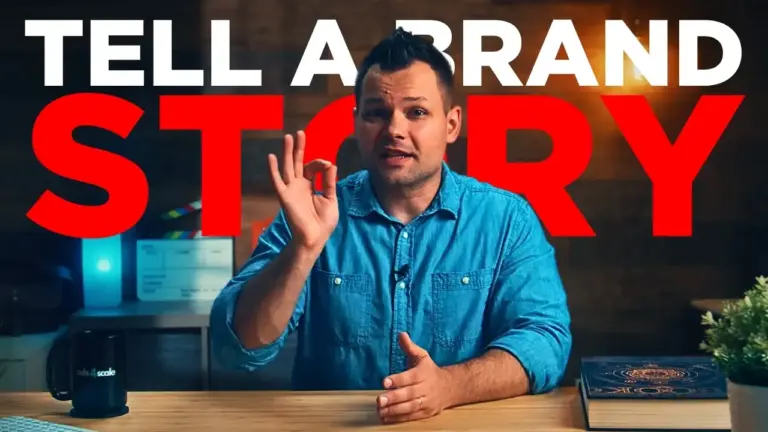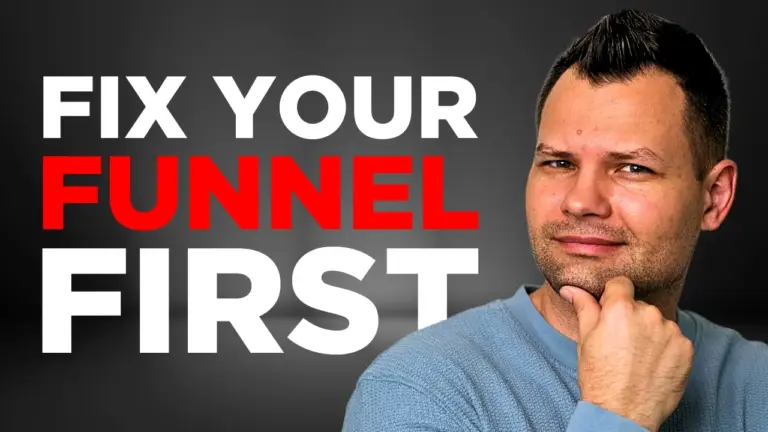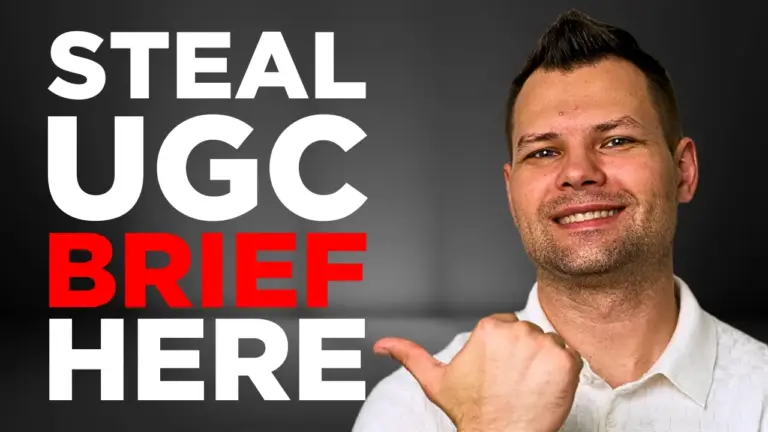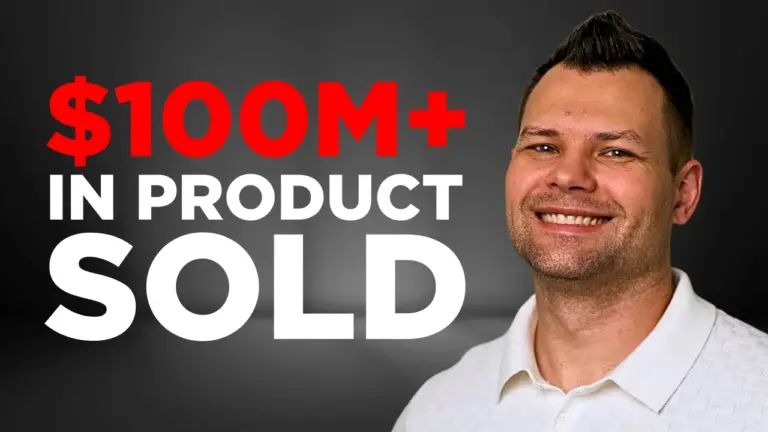Introduction
Wanna know exactly how I brief remote UGC creators to consistently produce winning ads that crush it on Meta and TikTok? Over the last 7 years producing content for over 200 DTC brands, I’ve seen way too many mistakes that wreck the deliverables. In this article, I’ll share my step-by-step system for consistently generating high-quality creative assets at scale.
Creators essentially perform all the same steps that a video production crew would, just in a much simpler, more streamlined form. That means when you’re preparing the brief for your creator, you should include all of the important details and instructions you’d typically provide to a larger team, but in a simplified and condensed form.
Something we see boosting performance a great deal is a brief Zoom call with each creator, new to us, before they dive into producing content. During this call, we walk them through the creative brief, making sure they fully understand our expectations.
We also spend time sharing the overall vibe, values, and personality of the brand, so they can accurately capture its essence in their content. This call also provides an opportunity for the creator to ask any clarifying questions, or offer suggestions of their own, ultimately ensuring alignment and boosting the quality of the final deliverables.
Now, I’ve seen briefs in the form of a simple Google doc or Word file. Since I really like Porsche design, I prefer my briefs to be efficient and elegant. But in practical terms, we create all our pitch decks and production decks in Canva anyway, so it’s easy to copy and paste between the different slides. I also think that a creator would have a different brand and agency perception while getting an asset like this. But, let me know in the comments.
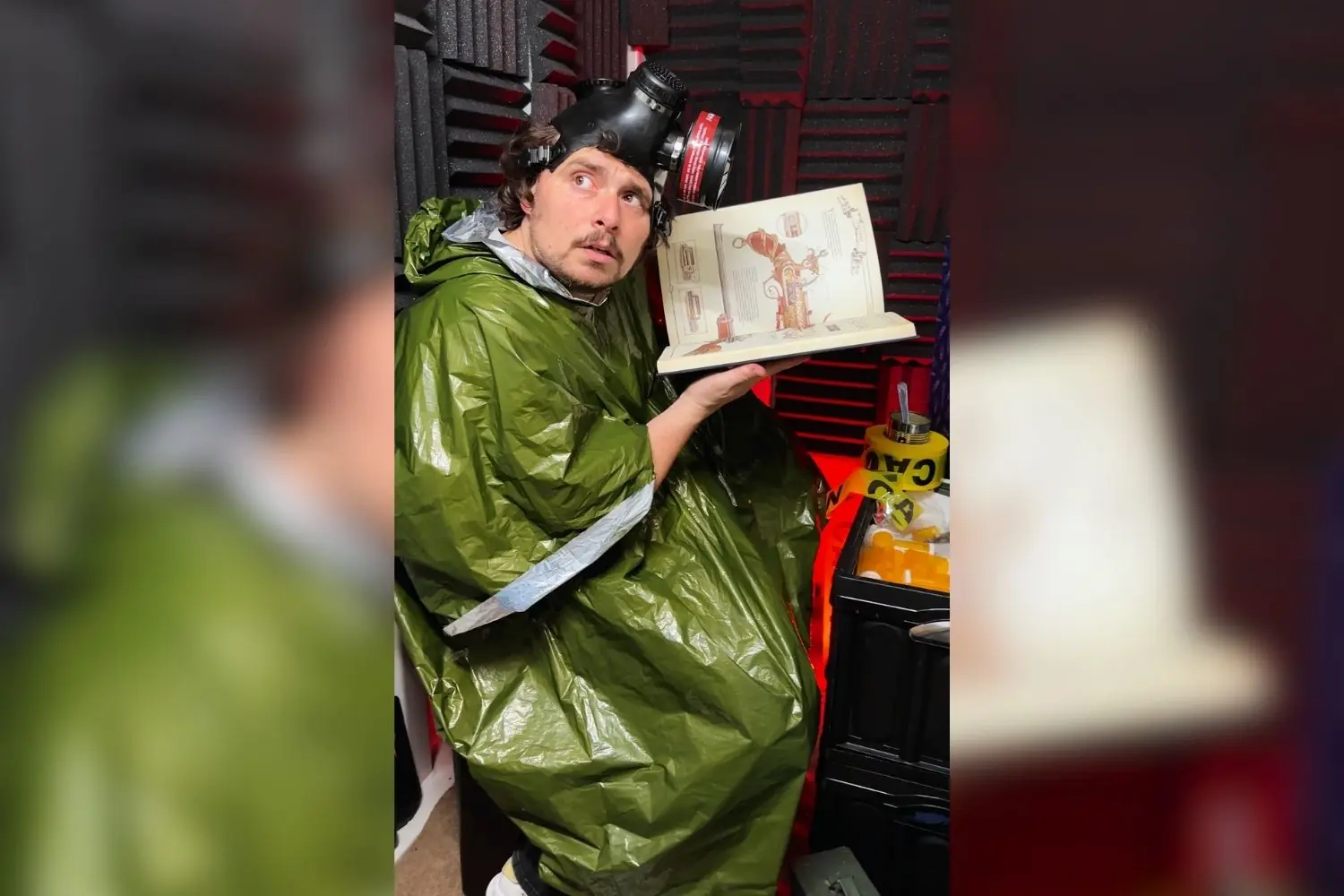
What creators need to know in "Project Overview"
Starting from the top, the very first thing you need is a clear Project Overview. This is basic, but critical information: client name, product name, deadline, and links to the product’s website and socials.
We specifically note that the content is meant solely for ads, meaning the creators won’t need to post it to their organic channels. This clarity prevents confusion about rights, posting expectations, and aligns creators to make specifically targeted ad-focused content rather than organic social posts. In our example, we even specified wanting Meta-native direct-response creatives.
There is a trend I see on a market right now, where many UGC creators seem confused about usage rights. Most brands today move fast – testing new ads for under two weeks, so insisting on extra fees for usage rights in-perpetuity feels a bit out of touch. In our experience, all a creator needs is a clear brief (we do the thinking), a script (we do the writing), a shot list (we do the planning), and about 2 hours to record, often for up to $500.
When someone pushes back on usage rights, they’re essentially turning down an easy, well-paid opportunity. The best creators understand this collaborative model: they show up ready to follow guidance, produce stellar footage, and trust the brand to handle post-production, which turns one-off gigs into ongoing partnerships. Real talk, guys.
And so we always provide as much information about the brand and product as possible, so that creators could also do some research on their own. In my opinion it’s also important to add images of the product, so it’s easy for creators to immediately understand what they’ll work with. Including these basics ensures there’s absolutely no confusion and sets clear expectations right from the start.
UGC video filming specs
Moving on to filming specs – this is where we get into the nitty-gritty of exactly how we want creators to film their content. It might seem obvious: “Just grab your phone and hit record”, but trust me, you can’t assume anything. First, we emphasize that all footage must be filmed vertically in a 9:16 aspect ratio, because that’s the format that dominates Meta and other social media feeds.
Next, we specify that every clip should be recorded in 1080p resolution and 60 frames per second, with HDR turned off. This ensures that colors remain true and avoids the washed-out look HDR can sometimes produce on social media due to platform compression. We also tell creators to capture an extra one to three seconds at both the beginning and end of each raw clip, giving our editors breathing room to cut smoothly without awkward jump cuts.
We always recommend shooting in good natural light and whenever possible, film around sunset – since the warmth and softness of that light accentuate details and make everything look amazing without additional equipment.
But when natural light isn’t available, due to inclement weather or interior shoots – say, filming an unboxing in a bathroom, using a simple ring light or even desk lamp can do wonders to eliminate shadows and keep faces well-lit.
The environment itself is just as crucial as lighting. We guide creators to choose backgrounds that match the context of the shoot: it does make sense to demo The Book in a living room setting, while showing a tastefully organized table top, rather than a cluttered mess.
Actually, I have a funny story for you. At the early stages of content testing, the brand director did ask us to literally bring a bunch of junk and make a room messy, so it would look like someone’s lived-in space. It actually worked out, and those ads resulted in a lot of sales – because they were perceived as authentic content.
As far as the sound recording goes: We remind creators to film in a distraction-free environment – no barking dogs, doorbells, or washing machine rumbles, AC units, fans, or the like, so that audio remains crisp, with no unwanted background hum drowning out their voice.
On top of that, we provide the director’s remarks section to guide creators toward delivering a performance that resonates. We emphasize maintaining good eye contact with the camera, which builds a sense of connection and trust with the audience. We coach them on natural tonality – sounding like a friendly expert, rather than reading from a script and being energetic enough to keep viewers engaged.
Wearing clothing with prominent logos can distract from the product we’re trying to showcase and can even create unintended brand associations. Hence, a friendly reminder to wear something brand neutral. And Lastly, we remind them that they and the product need to be centered in the frame, ensuring the focus never wavers, and to record every scene thoroughly, so there are plenty of shots to choose from.
All these details, when combined, dramatically reduce the need for reshoots, eliminate editing headaches later on, and raise the bar for quality across every piece of UGC we produce.
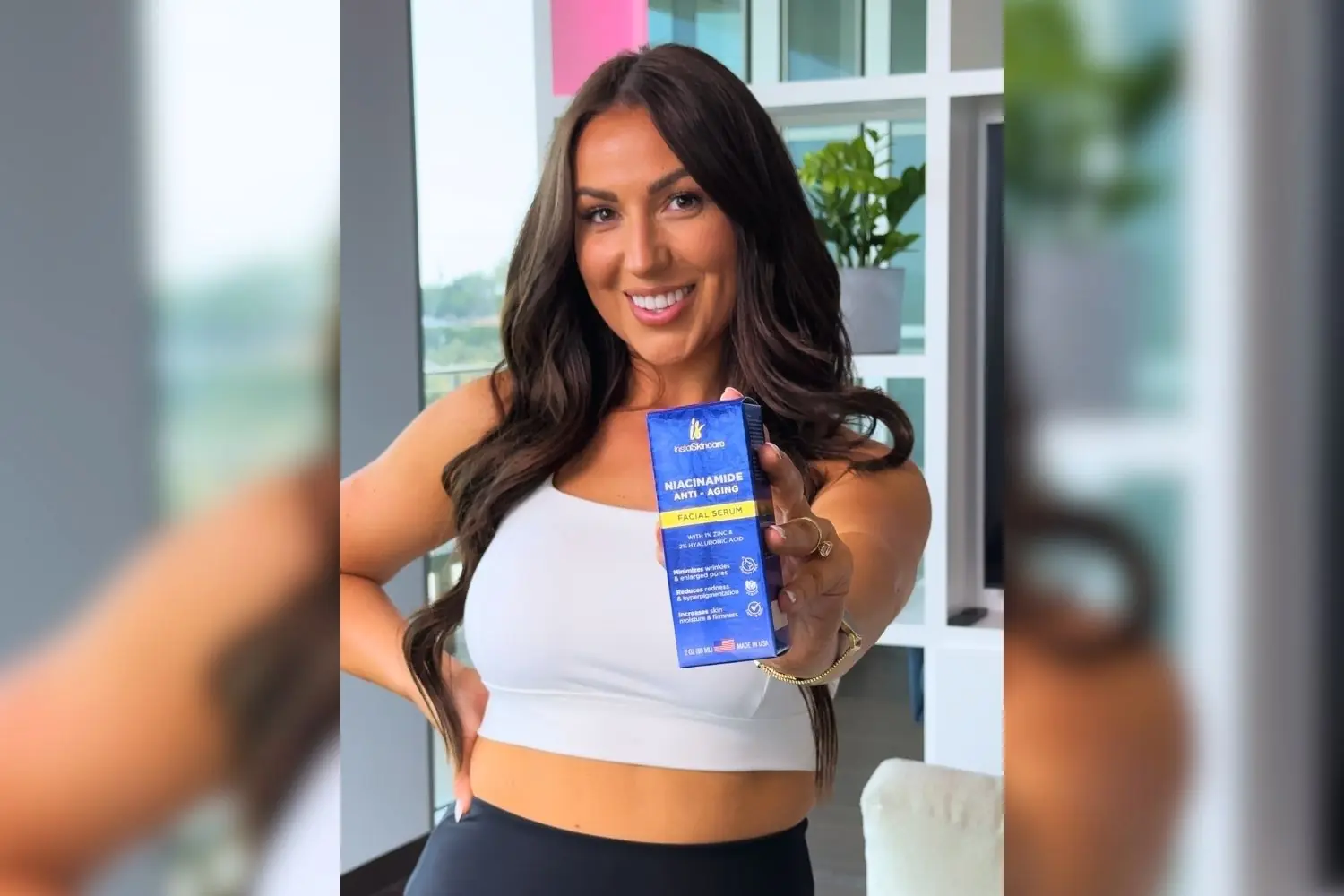
Video formatting and guidelines
Next, we review the Reels Formatting instructions. It is essential to help creators understand the safe zones for social media ads to ensure key visuals and messaging won’t be hidden by the app’s interface.
We include a Brand Philosophy section to help creators grasp our core values: imaginative, innovative, curious, and refined, so they can produce content that authentically resonates with our audience. Alongside that, our Tone of Voice guidelines spell out precisely how to speak: confident, creative, inspiring, and playful.
Next, we include clear Content Guidelines – specific ways creators should describe the product to match the brand identity. This info is especially helpful for when creators need to improvise on their lines delivery while filming a testimonial or an unboxing video. This specificity makes each piece of UGC cohesive and aligned with our ad strategy.
The brief also includes detailed Buyer Personas, which helps creators to understand who they’re speaking to, followed by the mood board that shows the look and feel we are going for.
But, the heart of the brief is the Concept section. And because of the internal content testing system we’ve developed, we often write and give creators direct-response voiceover scripts along with shot lists that describe the visuals that we want.
Should creators be paid extra for raw footage?
Facebook and Instagram demand a more polished, direct-response approach to video ads, unlike TikTok. Not to mention the scaling process and constant ad iterations while in search of a winner. All this set us up for having an in-house team of editors and only asking creators for quality raw footage.
And we always negotiate for raw footage upfront. But, I’ve noticed more and more UGC creators trying to charge more for the raw footage, even though it’s less work for them, because they don’t have to do the editing.
Maybe they are trying to copy big productions? But that’s a different business model altogether, and it actually costs a lot of money and takes huge resources to produce high-end footage. Coming from that side of business, I can see why it is so. Nevertheless, creators filming on a phone at home would sometimes say, “If you will use my footage in multiple ads, pay me more.”
But I think for the UGC side of business, the best way to make more is to consistently deliver a library of versatile content. As an agency, that’s how we keep working with the same creators.
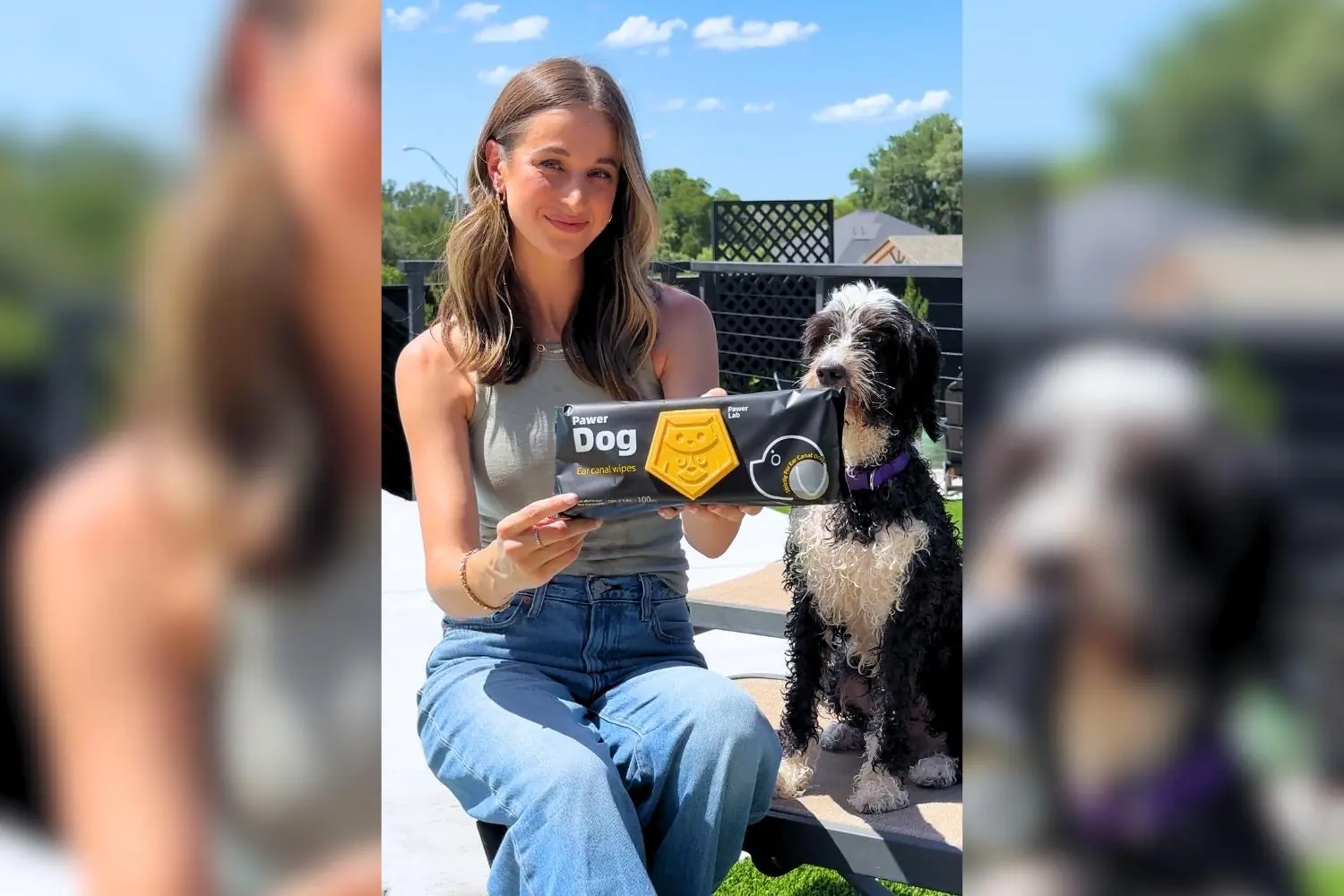
Deliverables and expectations
Now, when it comes to testimonials and unboxings, we give creators freedom to come up with their own lines of dialogue. We just ask to mention some particular features of the product, but they are welcome to show and tell in a way that best suits their style. We do, however, include some video examples for the reference.
In addition, we outline exactly what types of Deliverables are required for submission. In this instance the requirement is two voiceover recordings, one testimonial with three different hooks, one unboxing clip with five b-roll shots, 34 b-roll shots for direct response scripts.
Finally, there are additional hooks and CTAs for creators to test. In this particular brand we’ve seen some advertising restrictions on direct CTA’s like “buy now”, so we decided to test a more subtle approach, like: Don’t miss out. And we provide such a library of assets, so creators don’t have to waste their time on research and that we don’t end up with stuff we can’t use.
Conclusion
And that’s the detailed walkthrough of the UGC brief we use. This process ensures we get exactly the kind of content we expect to get every single time. I know it’s a lot of detail, but trust me, each part helps eliminate confusion, streamlines production, and consistently generates meaningful ad performance.
